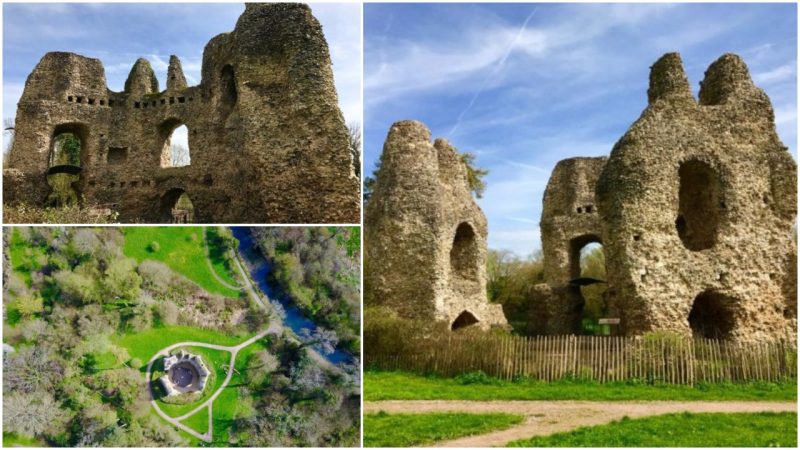Odiham Castle was one of the only three fortresses built by King John, adding to the ninety he already had under his control. Locally known as King John’s Castle, it was said to be one of his particular favorites.
The castle stands in ruins today and can be visited halfway between Windsor and Winchester, near Odiham in Hampshire. Presumably, the king may have decided on Odiham as a suitable site for the castle on his visit to the nearby town in 1204. Work on the building began in 1207 and continued until 1214. The construction had a two-storey stone keep, a square mat, raised banking and palisades. The stronghold also had a “domus regis” or what would be a king’s house.
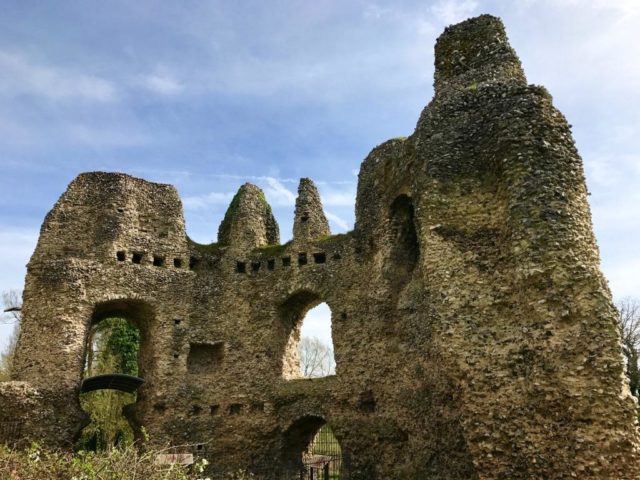
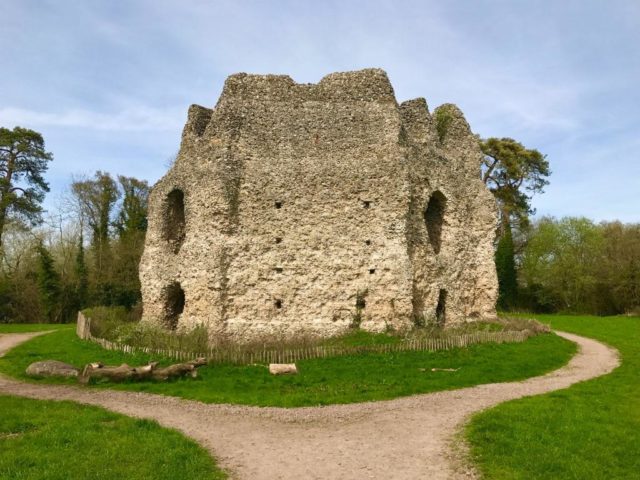
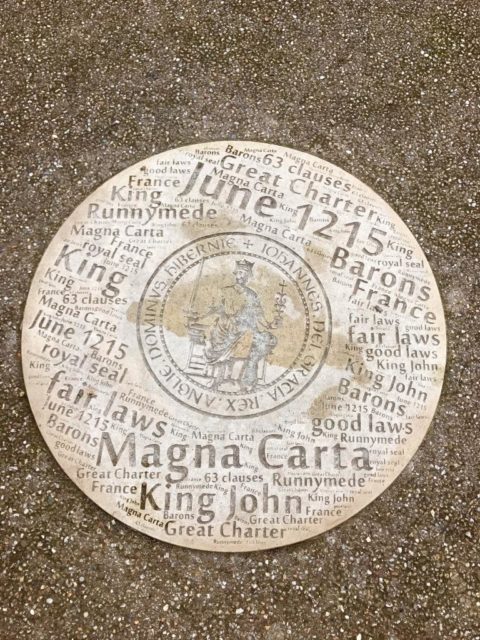
The appearance of the castle was most certainly unusual as its great thick walls were made almost completely of flint, and there were narrow brick arches at some of the openings. Moreover, the octagonal keep, which is the only part of Odiham still standing today, is the only one of its kind in Britain. With a little bit of imagination, it is very easy to see how magical this place was in its day.
In 1216, soon after it was finished, Odiham Castle underwent a two-week siege by the French. In the following years, it was completely rebuilt, likely to restore the damage done by the French attack. At this point, the mound on which the keep was situated was raised by 5 meters and an inner moat surrounding the keep was added to strengthen the defenses.
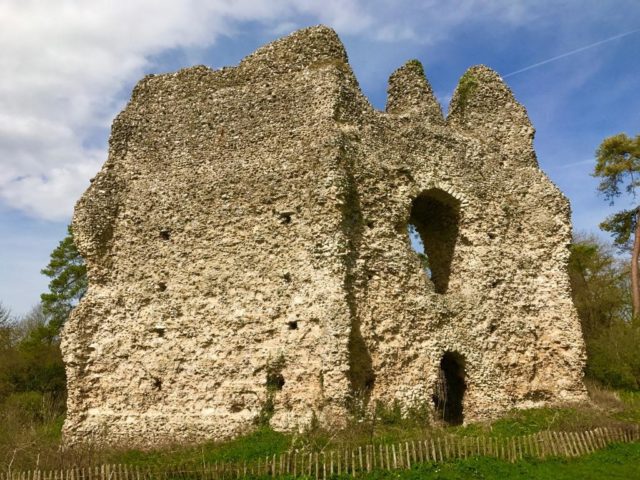
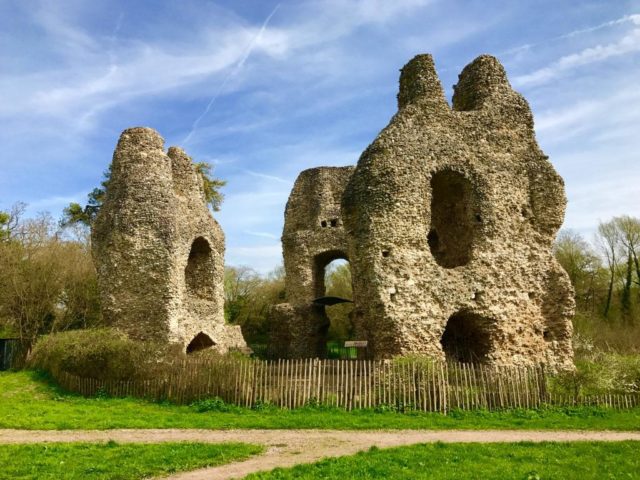
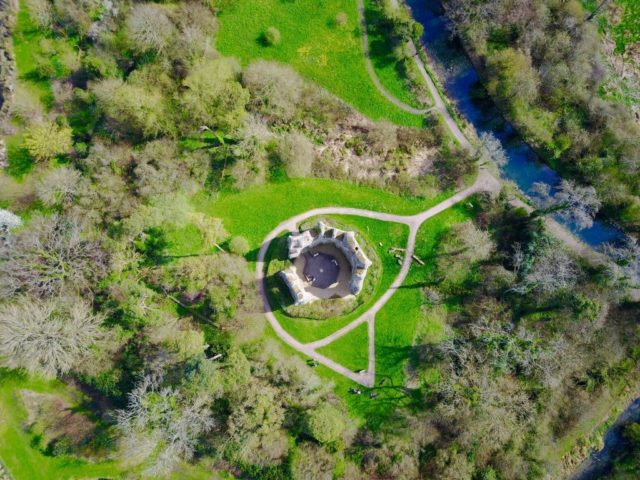
During the 13th century, the castle prospered as the home of the de Monfort family. In 1238, King John’s daughter Eleanor married Simon de Montfort, the 6th Earl of Leicester. Eleanor had been already given Odiham Castle by her brother, King Henry III, and her union with Simon made the castle one of the most powerful households in the realm. In that period, the castle building was renovated again to provide some extra space for living.
Later on, Simon became one of the major figures in the baronial stand against Henry, until he eventually lost his life at the Battle of Evesham in 1265. Eleanor was exiled and Odiham Castle was retained by the state.
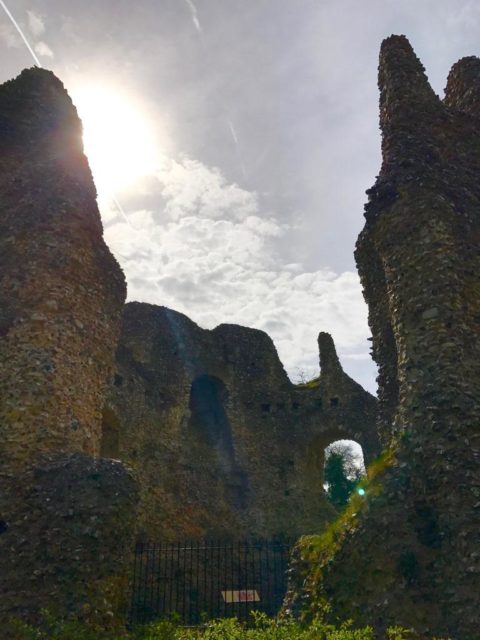
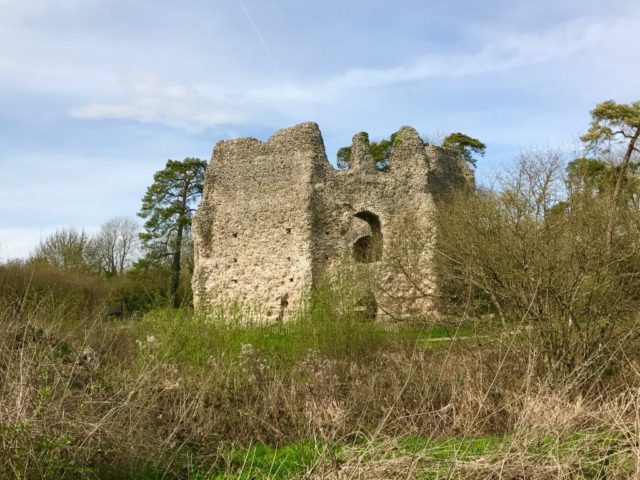
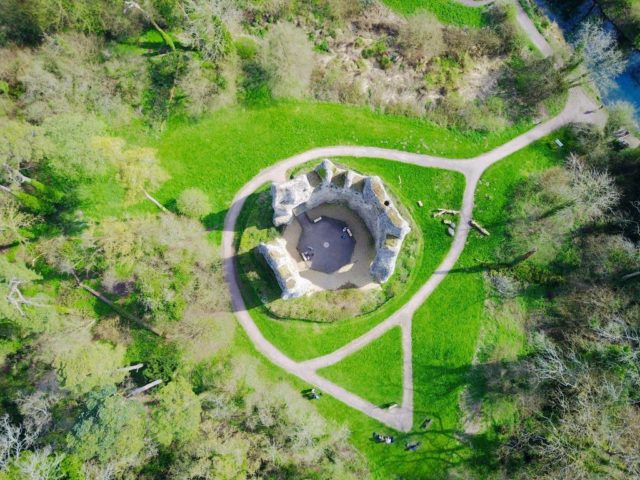
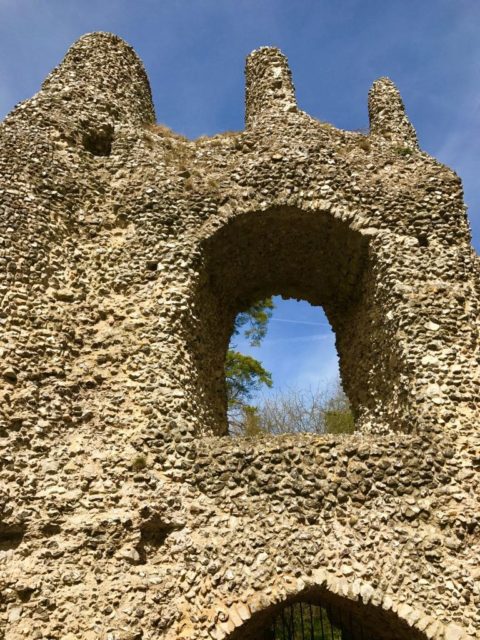
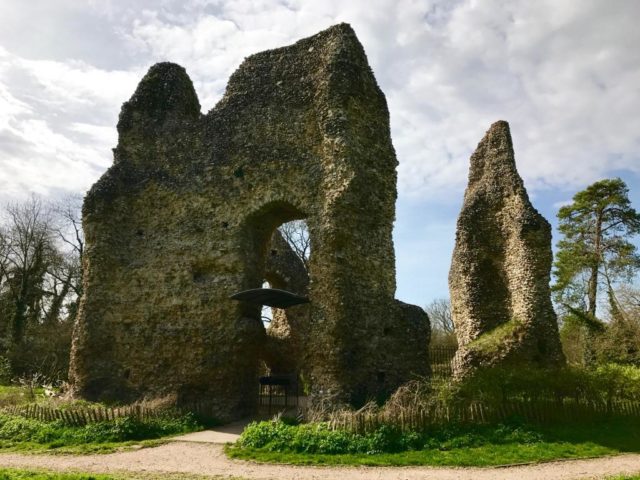
Odiham was further involved in the whereabouts of the Despenser family rebellion and hosted the Parliament in the 14th century. It was also the place where King David II of Scotland was imprisoned for 11 years after he was captured at the Battle of Neville’s Cross in 1346.
Unfortunately, the glorious days of Odiham were over by the 15th century when it was used only as a hunting lodge, and by 1605 it was reported to be in ruins. Archaeological excavations were conducted on the site in 1953 and through the 1980’s. In 2007, the Hampshire County Council undertook a restoration of the shell keep in order to preserve it.
